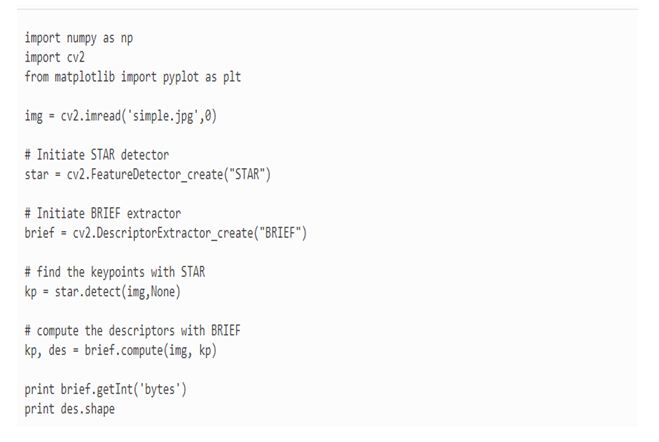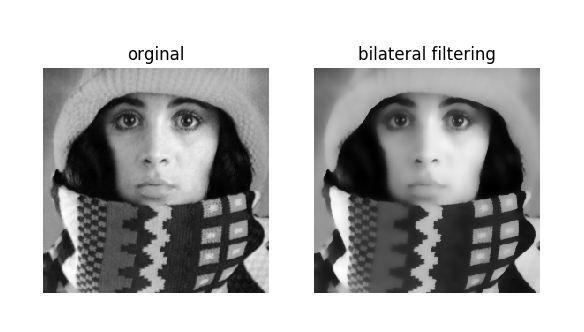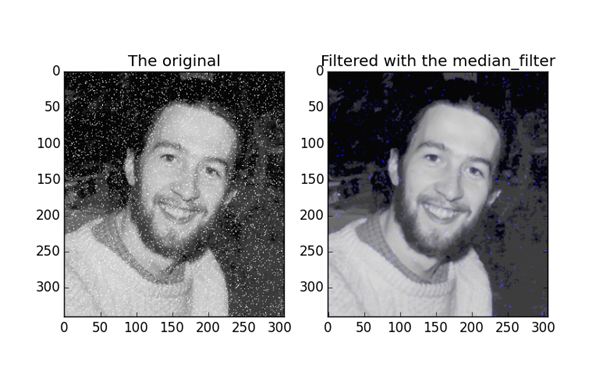
What is BRIEF? How to implement BRIEF in Computer Vision?
BRIEF means Binary Robust Independent Elementary Features. It provides a shortcut to find the binary strings directly without finding descriptors. It takes smoothened image patch and selects a set of (x,y) location pairs in an unique way (explained in paper). Then some pixel intensity comparisons are done on these location pairs. For eg., let first location pairs be and . If , then its result is 1, else it is 0. This is applied for all the location pairs to get a -dimensional bit string.
This can be 128, 256 or 512. OpenCV supports all of these, but by default, it would be 256 (OpenCV represents it in bytes. So the values will be 16, 32 and 64). So, once you get this, you can use Hamming Distance to match these descriptors.
One important point is that BRIEF is a feature descriptor, it doesn’t provide any method to find the features. So you will have to use any other feature detectors like SIFT, SURF etc. The paper recommends to use CenSurE which is a fast detector and BRIEF works even slightly better for Censure points than for SURF points.
In short, BRIEF is a faster method feature descriptor calculation and matching. It also provides high recognition rate unless there is large in-plane rotation.




